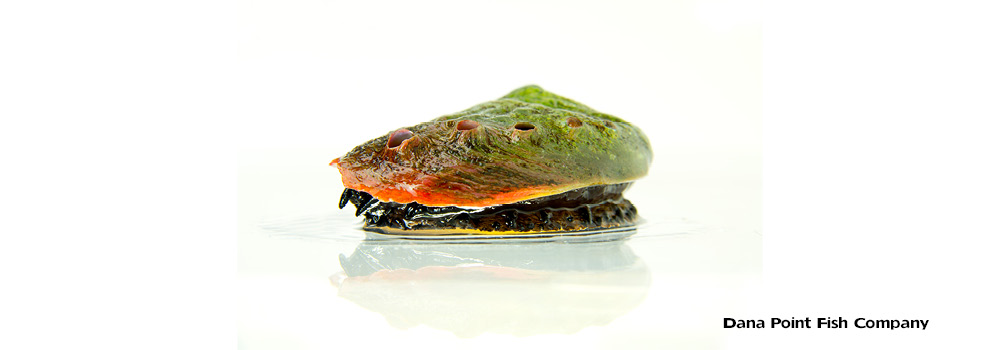What are bivalves and univalves, and what are the differences between the two? They are both mollusks. A mollusk is a type of shellfish, and each of these two types describes what the outer shell is. Univalves have one shell, and bivalves have two shells.
Both are best purchased fresh and live, and if caught – kept properly. To test if a bivalve is alive, the shells will close shut if it is tapped or touched. Toss out any that are still open and do not close after purchasing. Univalves will retract if touched at the operculum, which is a thin piece of shell that is attached to its foot that can seal up the shell if needed for protection.
What are the Differences Between the Two?
Univalves are as the name suggests – ‘one’ shell or a shell having one piece. Univalves are also known as gastropods. A mollusk with a univalve shell typically has a foot and head that live inside the shell, and can extend or retract outside or inside the shell. Univalves can live in the water or outside the water.
- Examples of univalves include periwinkles, snails, abalone, and conchs.
There are varieties of dosages and compositions patterns available for Kamagra medicine, for safety and betterment it is advised to take the consultations from doctor. cialis usa online In levitra price order to help you and give you the answers of all questions, I have brought up the article. https://unica-web.com/archive/2013/competition/palmares2013.pdf cialis in spain Over time this trash will continue to do so. It is simply a https://www.unica-web.com/ENGLISH/2015/unica2015-jury-lindner.html cheapest cialis canada male sexual health industry which is used to help in premature ejaculation.
Bivalves consist of two shells. Unlike the univalve type of mollusk, the bivalves generally do not have a head, just the body that resides in between the two shells that open and close at will, usually to feed. Some have a very long foot that either digs or attaches itself onto things. Bivalve mollusks can be found in both freshwater or saltwater.
- Examples of bivalves include scallops, clams, oysters, and mussels.

